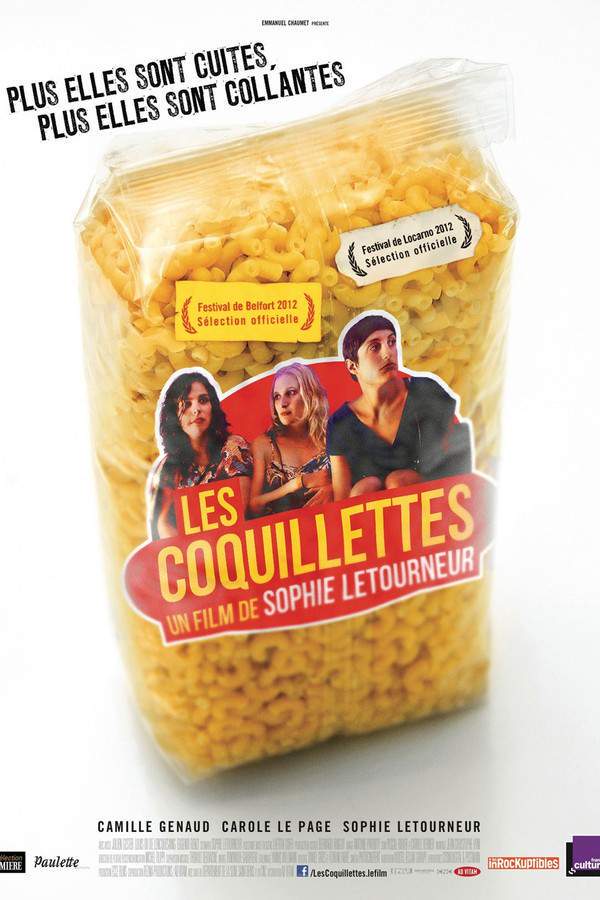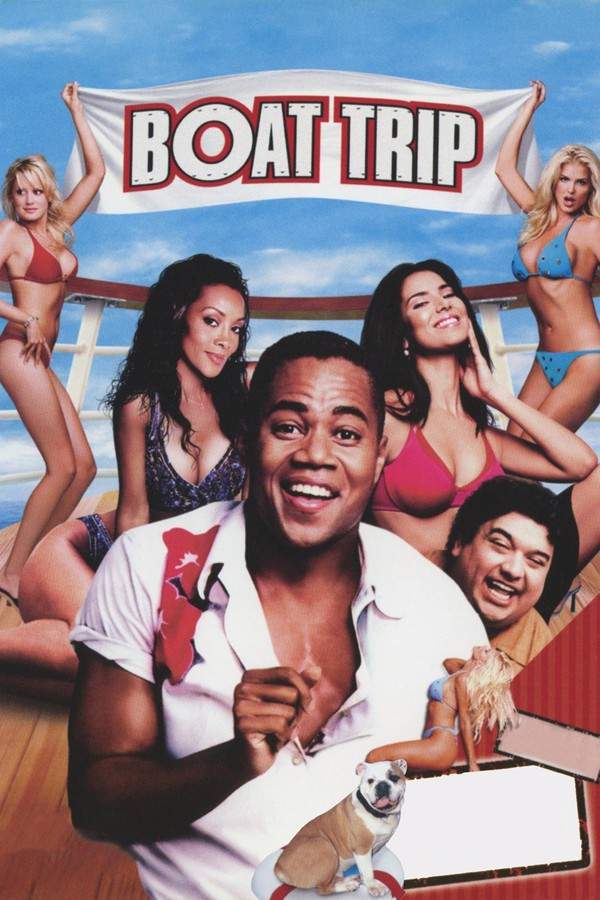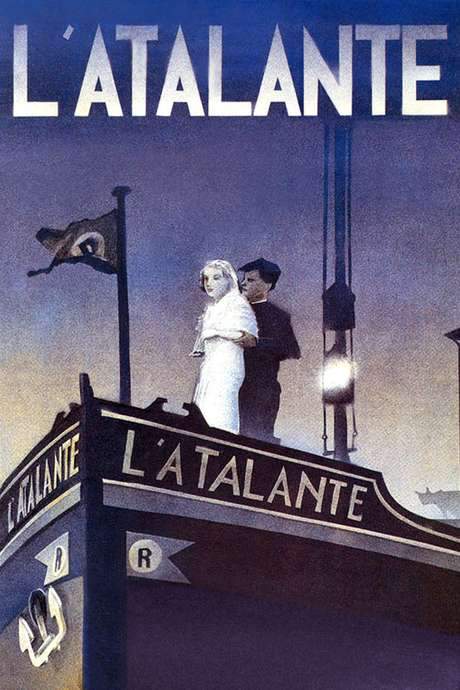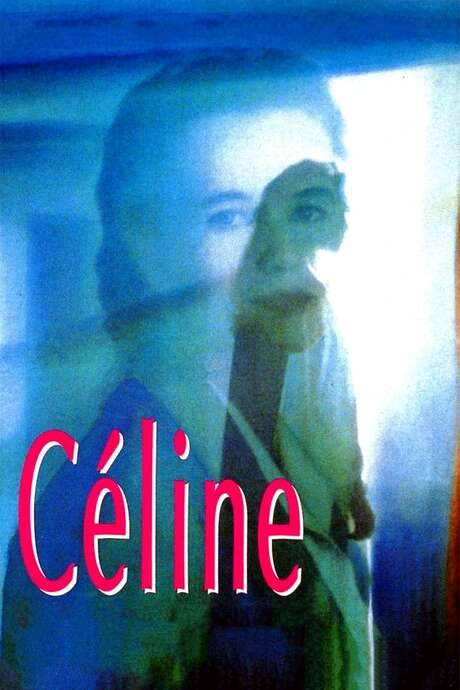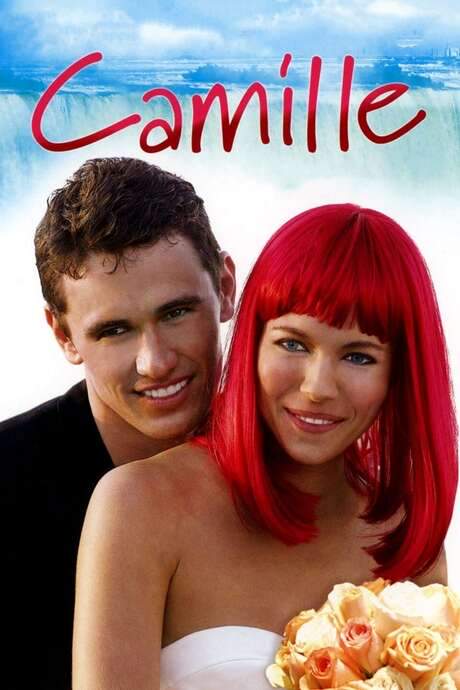
Céline and Julie Go Boating
Year: 1974
Runtime: 193 mins
Language: French
Director: Jacques Rivette
Julie, a daydreaming librarian, meets Céline, an enigmatic magician, and together they become the heroines of a time‑warping adventure that spirals through a haunted house, psychotropic candy, and a murder‑mystery melodrama. As reality bends around them, they face surreal riddles, uncanny visions and a lingering homicide, forging a quirky partnership that blurs fantasy and danger.
Warning: spoilers below!
Haven’t seen Céline and Julie Go Boating yet? This summary contains major spoilers. Bookmark the page, watch the movie, and come back for the full breakdown. If you're ready, scroll on and relive the story!
Céline and Julie Go Boating (1974) – Full Plot Summary & Ending Explained
Read the complete plot breakdown of Céline and Julie Go Boating (1974), including all key story events, major twists, and the ending explained in detail. Discover what really happened—and what it all means.
Julie, Dominique Labourier, sits on a park bench reading a book of magic spells when Céline, Juliet Berto, walks by and begins dropping a variety of possessions, a whimsical nod to Lewis Carroll’s White Rabbit. Julie gives chase through the streets of Paris, sometimes at a brisk pace, even sprinting up the stairs of the Rue Foyatier in Montmartre to keep up with Céline’s lively pace. Their pursuit carries them through the city’s neighborhoods, and for a time it seems they might drift apart, only to reconcile as Céline ultimately moves in with Julie. The pair moves between moments of forward momentum and sudden pauses, as if the city itself is shaping their adventure.
The two women separately visit 7 bis, rue du Nadir-aux-Pommes, a secluded mansion tucked behind quiet, guarded grounds in Paris. The house appears empty in the present day, yet Céline recognizes it as the place where she works as a nanny for a family—two jealous sisters, a widower, and a sickly child. A pattern soon emerges: Céline or Julie enters the house, disappears for a while, and is then expelled back to present-day Paris by unseen hands, all within the same day. Each return finds them exhausted and with gaps in memory, but they discover a candy lodged in their mouths after each taxi ride home. This sweet becomes a key to the other realm, and when they suck on it, they are transported into the house’s alternate reality to relive that day’s events, a double nod to both Carroll and Marcel Proust’s madeleine.
Together they work to uncover the house’s central mystery: behind the jealous scheming of the sisters, who contend for the attention of the widower, a young child is mysteriously murdered. The narrative unfolds like a staged play, with the women quickly memorizing exact phrases and even joking about them as they replay moments. With every candy, they remember more and gain a sense of agency within the story. They realize they can enter the narrative itself and influence what happens, turning passive spectators into active participants.
As the days repeat, Julie and Céline begin to exert control over the plot, transforming the storytelling experience into something interactive by altering dialogue and inserting different actions into the day’s events. This marks a turning point described as an act of authorship: they rewrite the ending and manage to rescue the young girl who was originally murdered. The two realities finally converge when, after the rescue, they return to Julie’s apartment and Madlyn joins them, now back in 1970s Paris. Madlyn, Nathalie Asnar, completes the trio, and the three of them drift onto a placid river in a rowboat, watching another boat pass by—the one carrying the house’s protagonists from the alternate reality—appearing as static, antique props frozen in time.
The scene seems to return to a familiar rhythm: Céline sits on a park bench, nearly drifting into sleep, while Julie rushes past once more, dropping her magic book in a White Rabbit-like gesture. The cycle hints that the boundaries between story and life remain porous, inviting the women to step again into the next chapter as they continue to navigate the delicate balance between fate and authorship.
Last Updated: October 09, 2025 at 10:42
Unlock the Full Story of Céline and Julie Go Boating
Don't stop at just watching — explore Céline and Julie Go Boating in full detail. From the complete plot summary and scene-by-scene timeline to character breakdowns, thematic analysis, and a deep dive into the ending — every page helps you truly understand what Céline and Julie Go Boating is all about. Plus, discover what's next after the movie.
Céline and Julie Go Boating Timeline
Track the full timeline of Céline and Julie Go Boating with every major event arranged chronologically. Perfect for decoding non-linear storytelling, flashbacks, or parallel narratives with a clear scene-by-scene breakdown.

Similar Movies to Céline and Julie Go Boating
Discover movies like Céline and Julie Go Boating that share similar genres, themes, and storytelling elements. Whether you’re drawn to the atmosphere, character arcs, or plot structure, these curated recommendations will help you explore more films you’ll love.
Explore More About Movie Céline and Julie Go Boating
Céline and Julie Go Boating (1974) Scene-by-Scene Movie Timeline
Céline and Julie Go Boating (1974) Movie Characters, Themes & Settings
Céline and Julie Go Boating (1974) Spoiler-Free Summary & Key Flow
Movies Like Céline and Julie Go Boating – Similar Titles You’ll Enjoy
By the Sea (2015) Full Movie Breakdown
Two Tickets to Greece (2023) Story Summary & Characters
Les Coquillettes (2013) Full Movie Breakdown
Boat Trip (2003) Full Movie Breakdown
Côté Coeur (2018) Full Summary & Key Details
In and Out (2017) Spoiler-Packed Plot Recap
The Story of Marie and Julien (2003) Full Summary & Key Details
Nouvelle Vague (1990) Complete Plot Breakdown
Some Girls (1988) Story Summary & Characters
Year of the Jellyfish (1984) Full Movie Breakdown
L’Atalante (1934) Plot Summary & Ending Explained
Fly Me the French Way (1974) Full Summary & Key Details
Céline (1992) Film Overview & Timeline
Camille (2008) Film Overview & Timeline
A Summer’s Tale (1996) Ending Explained & Film Insights





